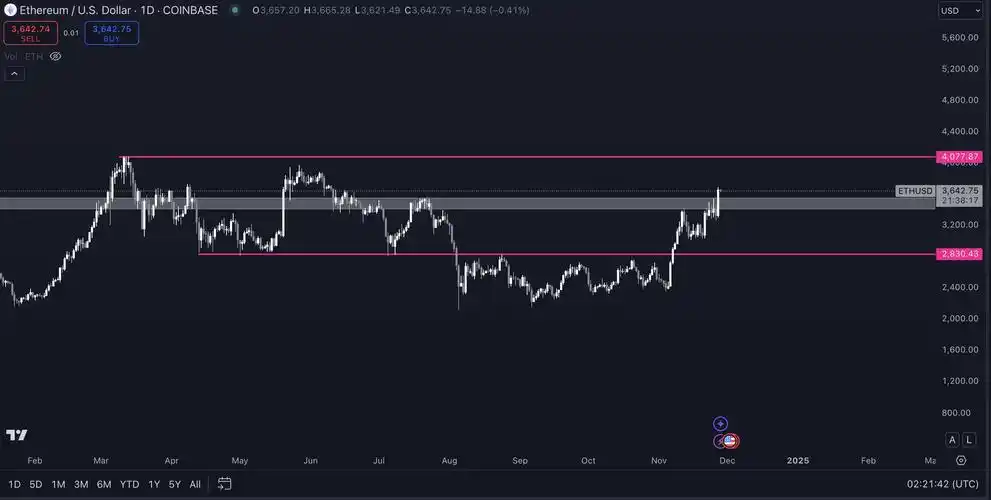As the cryptocurrency landscape continues to evolve at breakneck speed, miners find themselves at the forefront, navigating waves of volatility and innovation. The profitability of mining operations hinges not just on the price of Bitcoin or Ethereum but also on a host of crucial factors that dictate sustainable returns. Understanding these factors is key to maximizing the yield from your investments in mining machines and hosting services.

First and foremost, electricity costs loom large in any mining endeavor. The energy consumed by mining rigs is substantial; thus, miners must analyze their local electricity rates thoroughly. In regions where energy is inexpensive—often where renewable resources like hydroelectric power are abundant—mining can yield significantly greater returns. It becomes evident that the financial viability of a mining operation can often hinge on geographic location and energy availability.
Moreover, the efficiency of hardware plays a critical role in calculating sustainable returns. High-performance mining machines like ASICs (Application-Specific Integrated Circuits) are specifically designed to perform hashing functions at incredible speeds. This efficiency translates to lower energy consumption per hash produced, thus maximizing profitability. Staying updated on the latest mining technology can be the difference between a successful operation and one that is quickly outpaced by competitors.

The importance of mining difficulty and its adjustments cannot be overlooked either. Each cryptocurrency, from Bitcoin to Dogecoin, experiences periodic changes in difficulty as more miners enter or exit the network. As mining difficulty rises, rewards diminish, raising the stakes for those who wish to maintain their profitability. Miners often utilize software that forecasts these changes, allowing them to adjust their operations proactively.
Another pivotal factor is the broader market trends of cryptocurrencies. Fluctuations in prices can heavily influence mining returns; for instance, a surge in Bitcoin values can render previously unprofitable mining activities lucrative overnight. Conversely, downturns can force miners to reassess their strategies, perhaps transitioning to mining different coins like Ethereum or even lesser-known altcoins that present more attractive mining opportunities due to lower difficulties.
Additionally, hosting services provide an interesting avenue for miners. Many opt for third-party data centers to host their machines, attracted by the promise of lower overhead costs and hassle-free maintenance. However, miners must scrutinize the service agreements closely—examining hosting fees, service reliability, and facility energy sourcing can help ensure they don’t unwittingly undermine their returns.

Tax implications and legalities surrounding cryptocurrencies are increasingly relevant as global regulations tighten. Miners must stay informed about their local laws concerning cryptocurrency income and expenses; missing out on deductions or misreporting income can lead to significant losses. Proper accounting practices and possibly hiring professionals for tax-related guidance can safeguard mining profits against unforeseen liabilities.
Furthermore, diversification is a strategy gaining traction among savvy miners. Operating a multi-coin mining setup allows miners to pivot swiftly based on market conditions. If Bitcoin becomes unprofitable to mine, turning attention to coins like Ethereum, Litecoin, or even Dogecoin can help mitigate risks while maximizing potential returns. They create a safety net against the unpredictability of individual coin performance.
Finally, community engagement can provide invaluable insights. Joining forums, participating in social media discussions, and attending industry conferences allow miners to stay abreast of market trends, regulatory changes, and technological advancements. Networking often leads to collaboration on cost-saving measures or shared hosting opportunities that can collectively bolster each miner’s earnings.
In conclusion, calculating sustainable mining returns is not merely about plugging numbers into a calculator. It requires a multi-faceted approach, considering energy costs, hardware efficiency, market trends, and even legal ramifications. For miners seeking longevity in this volatile market, understanding these dynamics is non-negotiable. By carefully navigating the complexities of cryptocurrency mining and honing their strategies, miners can ensure that their ventures yield sustainable returns for the long haul.




Leave a Reply to Nervos Cancel reply